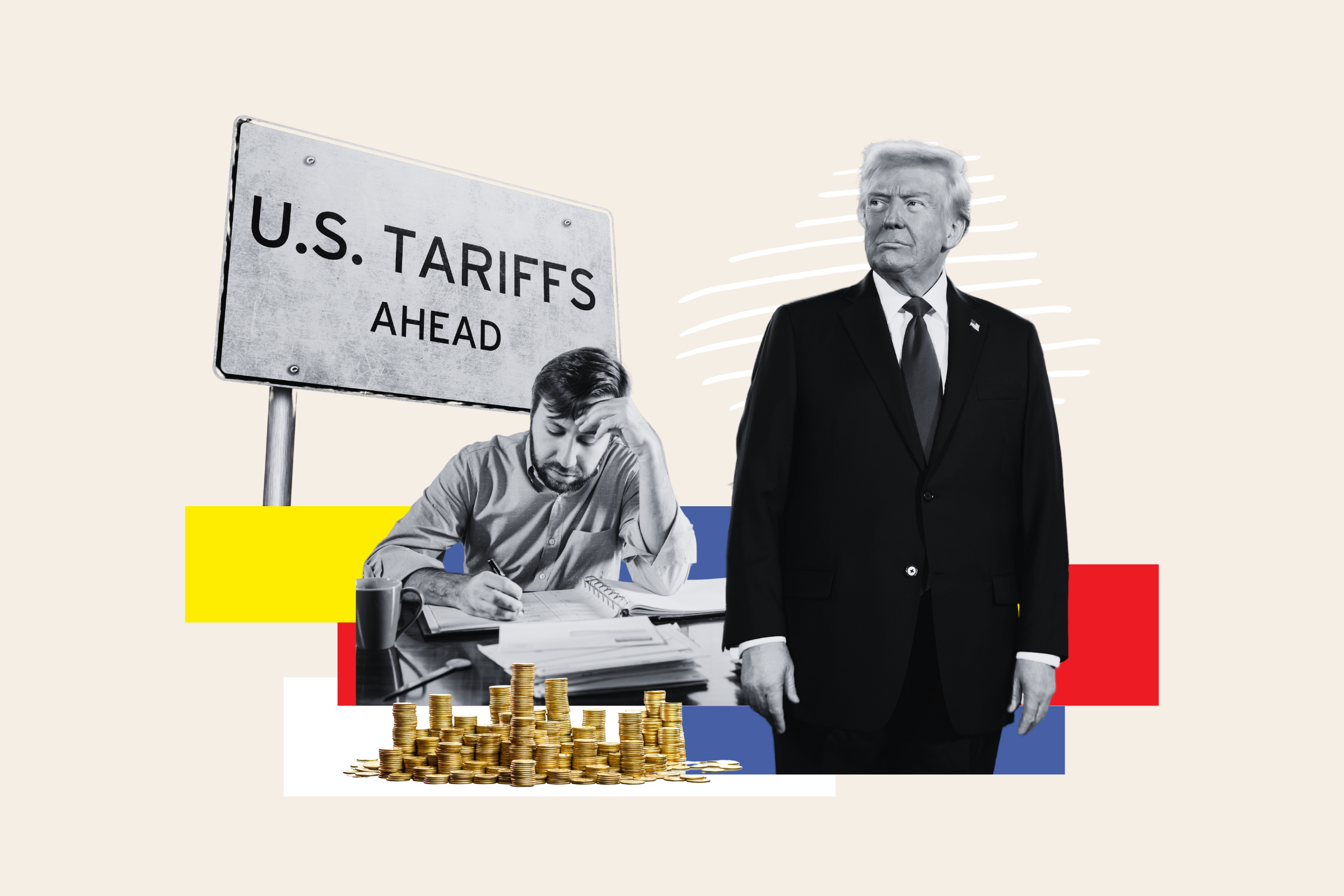Shifting Gears: How US Tariffs Impact Honda's Production And Canadian Exports

Table of Contents
Honda's Production Network in North America
Honda's North American operations are a crucial part of its global strategy. Understanding the impact of US tariffs requires examining its manufacturing footprint across the continent.
US Manufacturing Plants and Tariff Sensitivity
Several Honda plants in the US rely heavily on imported parts, making them particularly vulnerable to tariffs.
- Imported Parts: These include engines, transmissions, electronics, and various other components sourced from countries like Japan, Mexico, and South Korea.
- Tariff Costs: The tariffs significantly increase the cost of these imported parts, directly impacting the final price of vehicles manufactured in the US.
- Production Adjustments: To mitigate these increased costs, Honda has had to make adjustments to its production lines, exploring alternative suppliers and potentially shifting production strategies. This may involve reshoring some operations or increasing automation to offset labor costs.
Canadian Manufacturing and Export Challenges
Honda's Canadian facilities also face significant challenges due to US tariffs.
- Export Destinations: A significant portion of vehicles manufactured in Honda's Canadian plants are exported to the US market.
- Competitiveness: The tariffs make Canadian-made Honda vehicles less competitive in the US market compared to domestically produced vehicles or those imported from countries with more favorable trade agreements.
- Diversification Strategies: To mitigate the reliance on the US market, Honda is likely exploring options to diversify its Canadian export destinations, seeking new markets in other regions.
The Automotive Supply Chain and Tariff Interdependence
The automotive industry thrives on a tightly integrated global supply chain. US tariffs disrupt this delicate balance, creating significant challenges for Honda and its partners.
Disruptions to the Supply Chain
Tariffs create bottlenecks and inefficiencies throughout the supply chain.
- Part Delivery Times: Increased customs checks and processing delays lead to longer delivery times for imported parts, potentially disrupting "just-in-time" manufacturing processes.
- Increased Costs: The added tariff costs are passed along the supply chain, increasing the overall cost of production for Honda.
- Production Delays: Supply chain disruptions can cause production delays and impact Honda's ability to meet demand.
Impact on Part Suppliers
The ripple effects of tariffs extend to Honda's suppliers, both within and outside North America.
- Supplier Challenges: Many suppliers face reduced profitability due to increased costs and potential loss of business from Honda's cost-cutting measures.
- Potential Bankruptcies: Some smaller suppliers might struggle to absorb the increased costs, leading to potential bankruptcies.
- Price Increases: Suppliers are forced to increase their prices to offset the added tariff costs, further impacting Honda's production costs.
Honda's Response Strategies to US Tariffs
Honda has adopted several strategies to navigate the challenges posed by US tariffs.
Cost Optimization and Efficiency Improvements
Honda has focused on several measures to mitigate the impact of tariffs.
- Renegotiated Contracts: Honda has likely renegotiated contracts with suppliers to secure better pricing and more favorable terms.
- Supply Chain Optimization: The company is likely working to optimize its supply chain to minimize disruptions and reduce dependence on tariff-sensitive parts.
- Investments in Automation: Increased automation can help offset labor costs and improve efficiency, counteracting some of the negative impacts of tariffs.
Lobbying and Trade Negotiations
Honda has actively engaged in lobbying efforts and trade negotiations.
- Trade Policy Positions: Honda has publicly expressed its views on trade policy and tariff reform, advocating for more predictable and favorable trade conditions.
- Negotiations: The company likely participates in discussions with government officials to push for tariff reductions or exemptions.
- Effectiveness: The effectiveness of these lobbying efforts is a complex issue, dependent on the overall political and economic climate.
Conclusion: Navigating the Complexities of US Tariffs on Honda's Future
US tariffs have presented significant challenges to Honda's North American operations, impacting production costs, supply chain dynamics, and export strategies. The interconnectedness of the North American automotive industry highlights the far-reaching consequences of trade policies. Honda's response, encompassing cost optimization, supply chain adjustments, and political engagement, demonstrates the adaptive measures needed to navigate a turbulent trade environment. Understanding the impact of US tariffs on Honda's operations is crucial for comprehending the broader implications for the North American auto industry and the future of global trade. Learn more about how US tariffs are affecting the future of Honda and the auto industry, and delve deeper into the complexities of Honda tariffs and their impact on the North American auto industry and trade policy impact.

Featured Posts
-
 Falling Behind On Student Loans Heres How It Affects Your Credit
May 17, 2025
Falling Behind On Student Loans Heres How It Affects Your Credit
May 17, 2025 -
 New York Knicks Suffer 37 Point Blowout Thibodeau Calls For More Fight
May 17, 2025
New York Knicks Suffer 37 Point Blowout Thibodeau Calls For More Fight
May 17, 2025 -
 Srbija Na Evrobasketu Pripremna Utakmica U Bajernovoj Dvorani Analiza I Vesti
May 17, 2025
Srbija Na Evrobasketu Pripremna Utakmica U Bajernovoj Dvorani Analiza I Vesti
May 17, 2025 -
 Potential Wnba Strike Reeses Comments On Player Compensation
May 17, 2025
Potential Wnba Strike Reeses Comments On Player Compensation
May 17, 2025 -
 Knicks Vs Trail Blazers Game Live Score Updates March 13 2025
May 17, 2025
Knicks Vs Trail Blazers Game Live Score Updates March 13 2025
May 17, 2025
